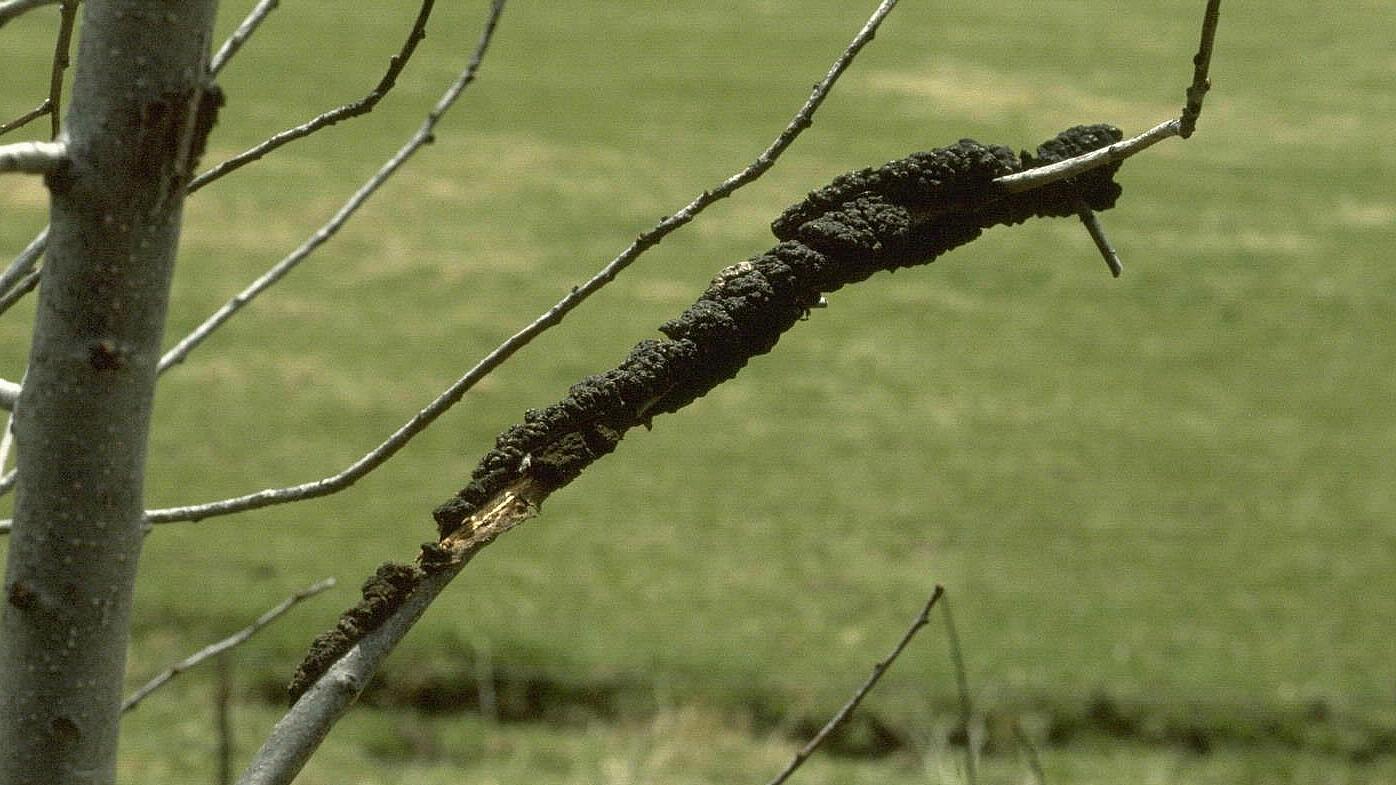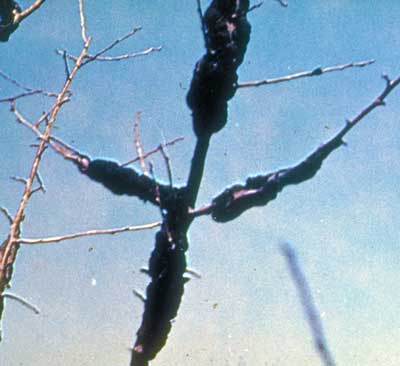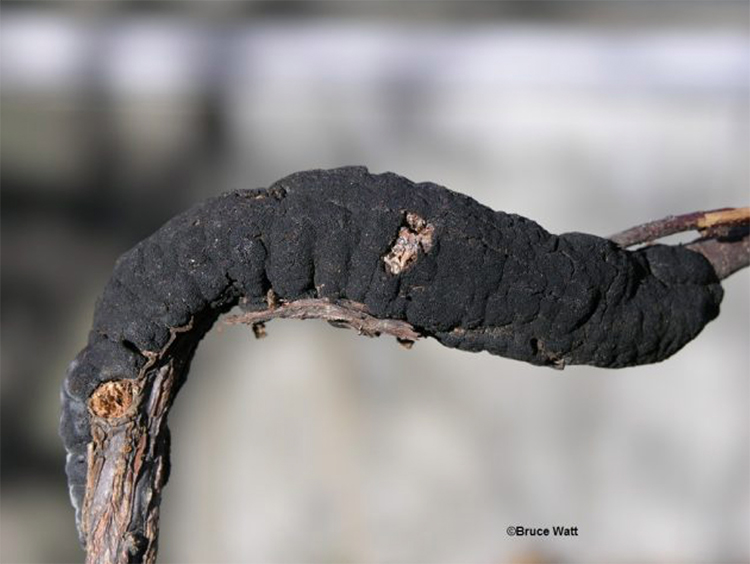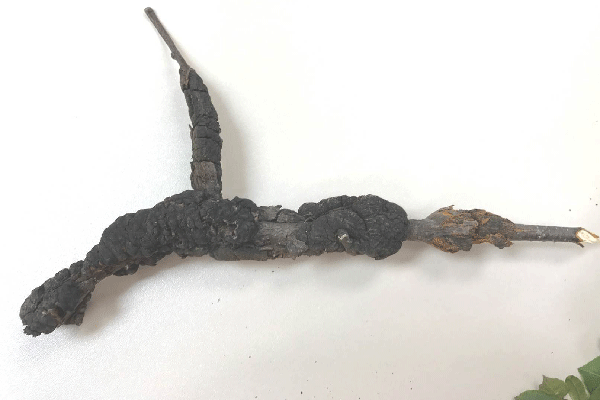cherry tree diseases black knot
One of the common cherry tree diseases is Black Knot or Dibotryon morbosum which affects these trees a lot particularly edible ornamental and native types. It is easily recognizable once formed by its rugged irregular dark galls that enwrap branches.

Black Knot Fungus Treatment Prevention Jung Seed S Gardening Blog
Black knot appears on the woody parts of the tree including twigs.

. Black knot is a disfiguring and potentially lethal disease of trees and shrubs in the genus Prunus. Black knot is a widespread fungal disease that attacks plum and cherry trees both fruiting and ornamental. Black Knot Tree Disease Info Black knot fungus Apiosporina morbosa is primarily a disease of plum and cherry trees although it can also infest other stone fruit such.
The pathogens traveling through the wind and rain carry the knot fungus. The disease is characterized by the. Black knot Apiosporina morbosa is a striking disease and a major disease of plum trees in Michigan.
Caused by a fungus Apiosporina morbosa black knot is a common disease that affects many types of fruit trees but mainly wild and cultivated plum and cherry trees. Cut away branches and stems that have any signs of the disease If you notice black growths on your plum or cherry trees the first thing you have to do is. This genus includes stone fruits such as wild fruit-bearing and ornamental plums and cherries.
Black knot is a relatively slow growing disease. Once trees have gone dormant or before they leaf out in springtime look. A black knot is a fungus that affects both fruiting and ornamental cherry trees.
Black Knot Disease of Cherry and Plum Black knot disease occurs on numerous cultivated and wild plums prunes and cherries Prunus spp. Black Knot caused by the fungus Apiosporina morbosa is a very common disease of plants in the genus Prunus See Table 1. Heres how in 3 simple steps.
A survey in Alberta revealed a significant and widespread. The fungus Apiosporina morbosa also identified as Dibotryon morbosum and. In its early stages it can be managed by pruning.
Black knot caused by the fungus Apiosporina morbosa forms galls on plants in the genus Prunus including plum cherry flowering almond apricot and blackthorn. 1 Black Knot Black knot is the most common disease found in the cherry tree lineage.

Black Knot Fungus Treatment Prevention Jung Seed S Gardening Blog

Black Knot Disease Trees Winnipeg

Fruit Trees And Black Knot Disease The Millstone

Black Knot Of Stone Fruit Morning Ag Clips

Controlling Black Knot Askuconnextension Extension News

Cherry Prunus Spp Black Knot Pacific Northwest Pest Management Handbooks

Black Knot The Garden Website Com

Black Knot Apiosporina Morbosa Wisconsin Horticulture

Black Knot Disease On Trees University Of Maryland Extension

Your Plum Trees Versus Black Knot Msu Extension

The Mystery Of The Black Sacs Indiana Yard And Garden Purdue Consumer Horticulturepurdue University Indiana Yard And Garden Purdue Consumer Horticulture

Controlling Black Knot In Michigan Msu Extension

Province Of Manitoba Agriculture Black Knot Of Prunus What Are Those Black Lumps On My Trees

What Is Black Knot Fungus Mr Tree

Black Knot Of Plum And Cherry Cooperative Extension Insect Pests Ticks And Plant Diseases University Of Maine Cooperative Extension

Diseases Of Cherry Trees What To Do When A Cherry Tree Looks Sick

Control Black Knot Through Pruning Horticulture Landscape And Environmental Systems Nebraska
